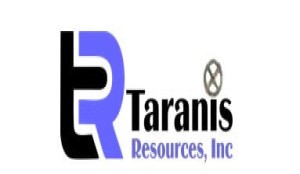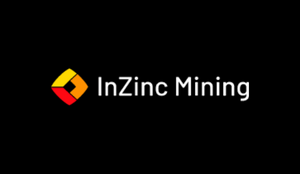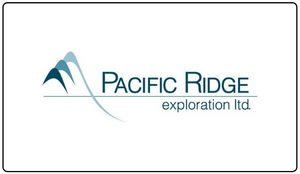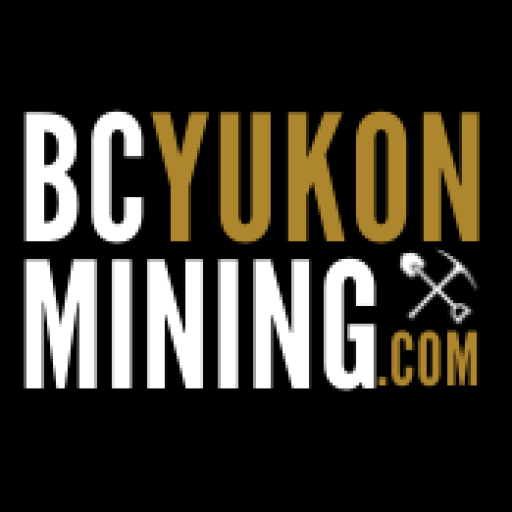Estes Park, Colorado, February 23, 2022 – Taranis Resources Inc. (“Taranis” or the “Company”) [TSX.V: TRO, OTCQB: TNREF] is providing an exploration update on its 100%-owned Thor precious-base metal deposit located near Trout Lake, British Columbia.
Following discovery of the Thunder Zone (a new epithermal vein in the “Thor Fault Zone”), Taranis is shifting its discovery skills to the “Intrusive Target” at Thor. Discovery of the Thunder Zone in the predicted location has increased the Company’s confidence in the reliability of its geological model.
Successful discovery of an underlying porphyry body is the largest exploration target at Thor and would solve the geological model’s most significant outstanding mystery and find the heat source of the entire epithermal system at Thor.
Unlike the Thunder Zone discovery, the Intrusive Target will require completion of extensive airborne geophysical surveying within the next several months, as detailed in the Company’s January 31, 2022 News Release.
In preparation for the upcoming survey, Taranis has prepared a geological map of a large portion of the Thor property, summarizing 14 years of exploration data. It can be viewed on the Company’s website at https://www.jjgmining.com/geologymap.html. The map provides perspective of the > 2 km long epithermal deposit that has been largely systematically drilled, remaining open to the northwest via the Thunder Zone and any subsequent veins beyond. Crucially, the map details the epithermal system’s relationship to other important features.
A cross-section graphically demonstrates the theoretical connection of the epithermal deposits to other important exploration features (https://www.jjgmining.com/crosssection.html).
The geological map is consistent with a linked epithermal-porphyry type geological model, and includes data from detailed lithological and structural mapping campaigns undertaken between 2012 and 2019. While Taranis has been systematically drilling out the near-surface epithermal deposit at Thor, it has never lost sight of a much larger Intrusive Target at Thor. Some of the key aspects are highlighted below.
Regional Geology
The dominant and regional folding event trends northwest–southeast and has folded the Sharon Creek, Jowett and Broadview Formations into series of tight folds that plunge moderately to the northwest. The main structure formed during this event was the Silver Cup Anticline – but this tectonic feature associated with many of the historic mines in the Silver Cup district is not the primary control of mineralization at Thor. As with most epithermal deposits, an impermeable cap rock (lithocap) has trapped the mineralization, and at Thor, this is the Broadview Formation (siliclastic sedimentary rocks).
Thor Fault Zone and its Relationship to Epithermal Deposits and Intrusive Target
The regional folding event is cross-cut by the younger Thor Fault Zone (“TFZ”) that trends northwest, and is approximately 500 m in width. The TFZ is the hydrothermal ‘pipeline’ through which mineralized fluids were released from the prospective underlying porphyry system. Thor’s past-producing and locally famous mines including Broadview, Great Northern, True Fissure and Blue Bell, all of which are hydrothermal vein systems confined within the Thor Fault Zone. Taranis’ exploration work to date suggests that each of these veins, including the Thunder Zone, are genetically related.
The TFZ occurs along the west flank of the Intrusive Target and was active during and after the emplacement of the postulated intrusive and known epithermal veins. While the bottoms of the known epithermal deposits at Thor are well-defined by drilling, the down-dip extensions of the epithermal deposits are probably offset by high-angle reverse faults, staircasing down towards the buried intrusive body. Evidence for these faults was found in the 2021 drilling, and re-examination of EM-37 data has indicated the presence of conductive bodies at depth that are consistent with these important faults. Thus, further discoveries of significant epithermal systems are likely with deeper drilling to the east of the established resource.
Intrusive Target
In the last several decades, exploration for porphyry deposits in British Columbia and elsewhere has moved towards the discovery of concealed bodies that can only be located through the use of geophysical surveys. Although the Trout Lake area is known to host at least one documented porphyry deposit (Max molybdenum), there has been no regional geophysical surveying undertaken to identify other porphyry prospects in the area.
Geophysical modelling shows the Intrusive Target is buried below the surface at a depth of approximately 200 m and is spatially correlated to the near-surface epithermal deposits. On the geological map, the intrusive feature as modeled by ground magnetics forms a pronounced structural ‘knot’ even though it does not outcrop at surface. The upcoming airborne survey will expand the Company’s knowledge of this important target, enabling targeting of the feature at depths up to 1 km below the surface.
Hydrothermal Alteration Around the Intrusive Target
Porphyry bodies always exhibit distinct alteration around the central intrusive body. All of these types of alteration have been documented at Thor. Epidote and chlorite alteration (hornfels) has been documented in mapping and would correspond to the most distal propylitic alteration shell. In addition, several of the deepest drill holes at Thor have documented hundreds of meters of phyllic alteration. Carbonization is another type of alteration seen at Thor, and this has been observed in ground VLF surveys making a distinct halo around the Intrusive.
Comment
John Gardiner, President and CEO states “Ever since we began exploration at Thor in 2006, we’ve been taunted by the simple observation that a 2 km long epithermal deposit at surface doesn’t just fall out of the sky. More than ever, the source of the epithermal deposits appears to be a buried porphyry body that served as the ‘heat engine’ behind their genesis. It appears that this source is buried below the outcropping epithermal deposits. The upcoming airborne mag and EM survey are going to be instrumental in detailing this possible connection and paving the road for continued Resource growth at Thor.”
Qualified Person
Exploration activities at Thor were overseen by John Gardiner (P. Geol.) who is a Qualified Person under the meaning of Canadian National Instrument 43-101.
About Taranis Resources Inc.
For additional information on Taranis or its 100%-owned Thor project in British Columbia, visit www.taranisresources.com
Taranis currently has 78,995,090 shares issued and outstanding (87,182,090 shares on a fully-diluted basis).












